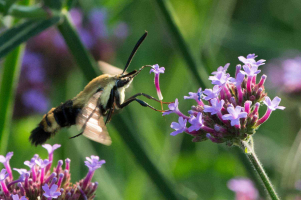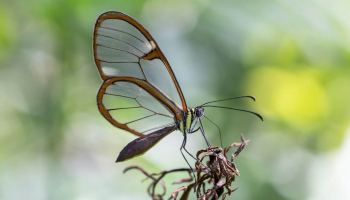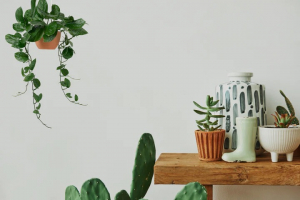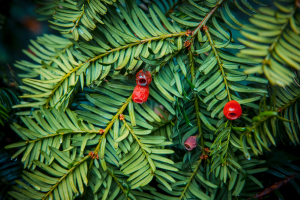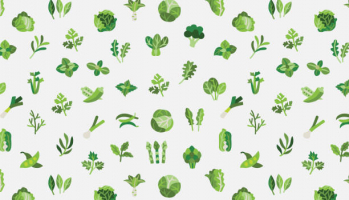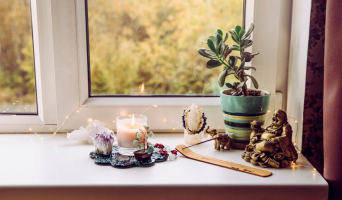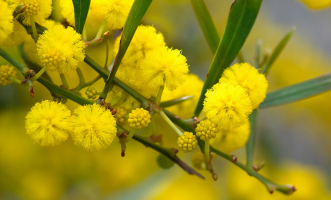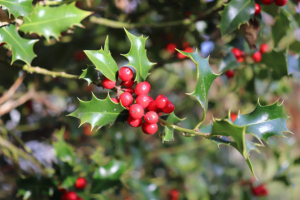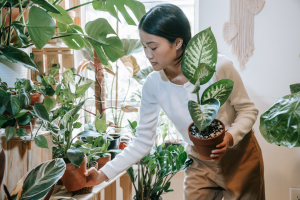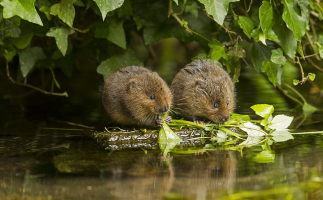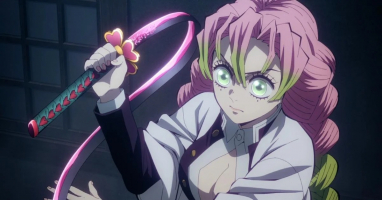Top 10 Plants That Butterflies Love
It's poor to think of a garden without butterflies, bees, and other pollinating insects. And there, aren't they the ones who give life to your little garden? ... read more...Do you want to bring butterflies to your backyard? Of course, to make your garden attractive to colorful guests, you need to provide a good source of nectar. Butterflies search for nectar, and only the brightest, most fragrant flowers capture the attention of this adorable creature. If you are ready to welcome summer with bright colors, start growing plants. You should grow the different plants that butterflies need for each stage of their life cycle, ensuring that these beautiful creatures visit your garden every year. These perennials below are a favorite of butterflies and if you plant them, they will come - especially if your little garden is located in a sunny area.
-
This flower, which belongs to the same family as chrysanthemums and is often referred to as a butterfly flower or a pansy flower, is simple to grow and is planted widely around the world. Butterflies are particularly drawn to pansies because of their white, red, pink, and purple coloring. Even in hot, arid locations and with inadequate soil, pansies grow swiftly. However, you must be careful to situate the plant in sunny areas, as this delicate bloom requires illumination for at least six hours each day. The plant will start to bloom after 1.5 to 2 months, and as the flowers continue to bloom, butterflies will start to visit your garden.
To create conditions for the seedlings to thrive, you can prune the plants that grow close together when the sprouts are high. A space of about 5 cm between each plant is ideal. You should fertilize the soil with phosphorus and potassium before planting and keep doing so up until the plants are about to bloom if you want to grow more flowers. The oldest nut of the most attractive flowering trees can be saved and dried in the light or shade in order to be ready for the upcoming blossoming season. After gently rubbing the fruit to separate the seeds, the fruits can be tightly stored for the coming season of growth.
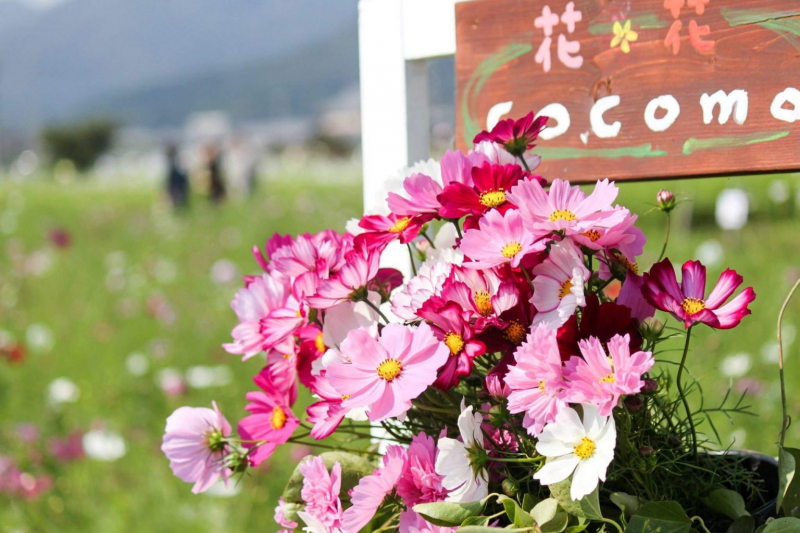
Pansies 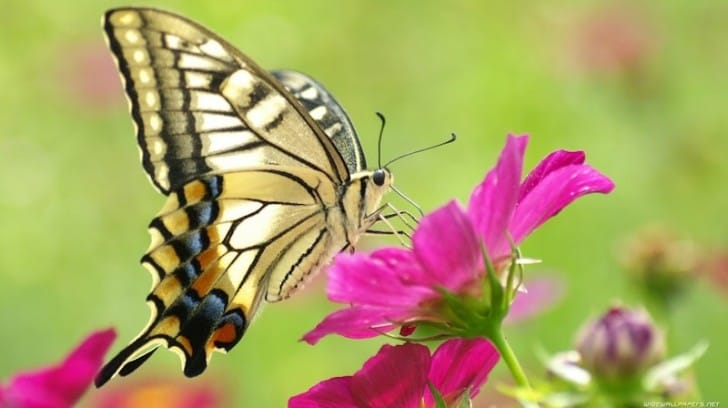
Pansies -
Like the vividly colored polka dots that are a favorite of charming butterflies, the lovely snapdragon flower blooms are spectacular in the summer. Although this flower's names—such as wolf snout, dog snout, and lion snout—are not particularly charming, many people adore it because of its rich, vibrant colors. Start with this flower pot if you wish to have flying butterflies in your house.
Typically, seeds are sown to grow plants. Snapdragon flowers don't need much water, can withstand cold temperatures, and prefers bright areas. You must pay close attention to cultivating the soil for the root and prune the root as the tree grows. The proper amount of branches will aid in the growth of robust stems and huge blooms. The time from planting to flowering is roughly three months. Flowers of every hue—red, purple, yellow, and pink—grow in protracted clusters and blossom along the branches, creating stunning visual effects. You should cut flowers when they first bloom if you wish to bring them inside your house. There are 3 to 5 buds at the bottom, the subsequent buds will develop and gradually continue to bloom, so your branches always have flowers.
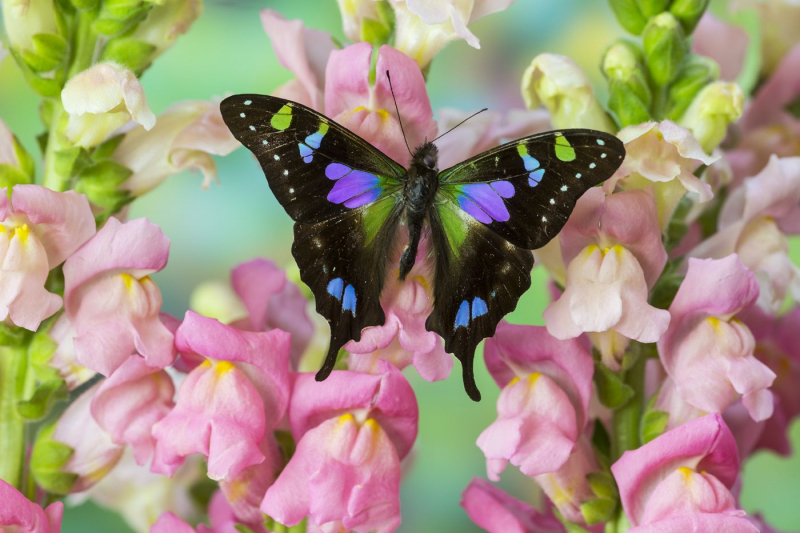
Snapdragon Flowers 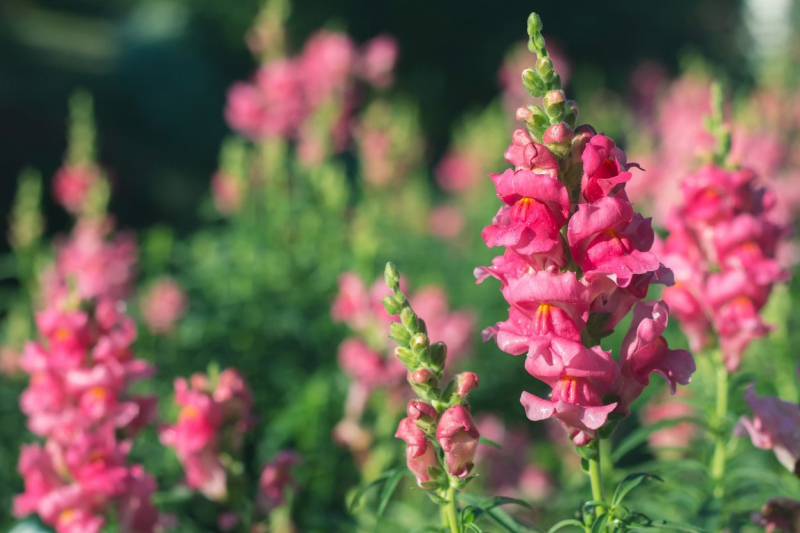
Snapdragon Flowers -
With more than 30 species of flowers, the daisy is probably one of the most loved flowers by bees and butterflies because of its diverse and brilliant beauty. The daisy is one of the most often used varieties of chrysanthemums. Small, pure white petals that are surrounded by dark yellow or green stamens provide a stunning appearance. These flowers are frequently used to decorate living rooms, and bedrooms, and to create a romantic appeal on window shelves.
The plant requires well-drained, bright, and loose soil due to its horizontal beam roots. Early June is the ideal time to plant this flower. The plant is simple to cultivate and maintain because it is well suited to tropical regions and requires very little nutrition plants do not like moisture, so you should not water the ground too much. Especially when the plant begins to flower, but only use a sprayer in the form of mist so that the branches, leaves, and flowers all absorb water, the flowers will bloom and last for a long time.
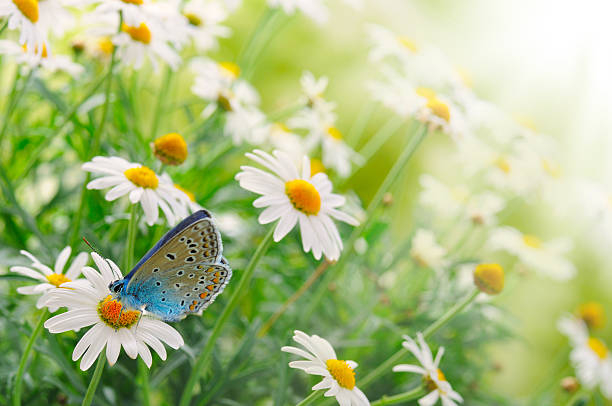
Daisy 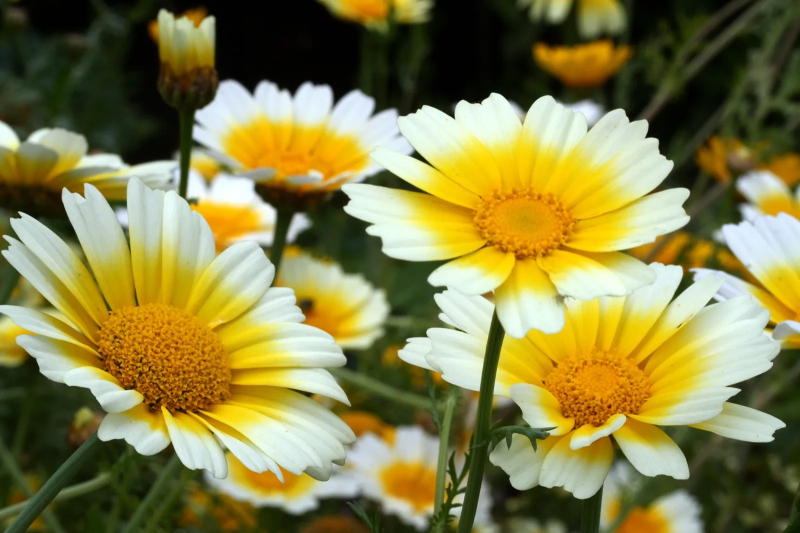
Daisy -
Fuchsias are a gorgeous flower that may be grown in a basket on the balcony of high-rise buildings despite not being very popular in many nations. Fuchsia also stands out wherever this flower container or basket appears thanks to the vibrant color of the blossoms. Many butterflies are attracted to the alluring aroma of fuchsia. The plant starts to flower after 60 to 70 days.
Numerous blooms grow in a group, each with 4 to 5 circular petals and large pistils. They are vibrantly colored in all shades of purple, pink, red, and white. Fuchsias need loose soil that is rich in nutrients and has good drainage. The seed density is moderate, after sowing, cover the surface with a thin layer of soil and then spray water to keep the soil moist. It only takes about a week for the seeds to germinate, at this time you should put the pot in a sunny place so that the sprouts have enough light to grow. When the tree begins to grow, pay attention to pruning damaged leaves, roots, and water regularly. The fuchsia has few pests and diseases, so the care is also quite simple.
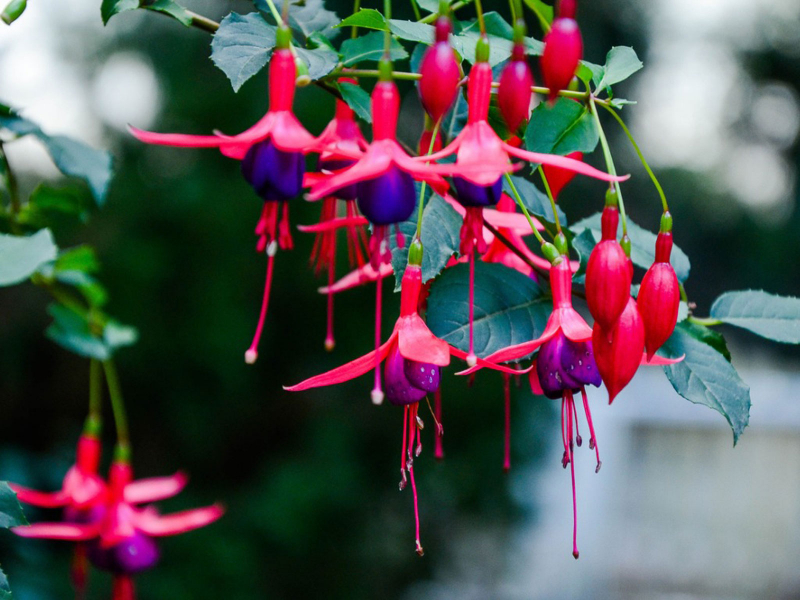
Fuchsia 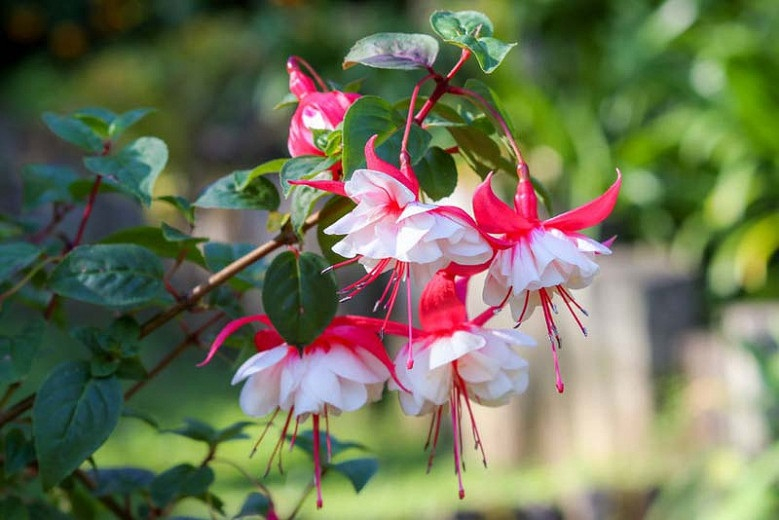
Fuchsia -
Hollyhock, a well-known beauty, is a kind and compassionate spirit. Today, you can cultivate and appreciate the beauty of this flower yourself at home by purchasing flower seeds and planting them because it is a natural seed plant (seeds fall off and grow on their own). There are numerous single and double hollyhock flowers available in a range of hues. The seed from the faded bloom can continue to grow on a new tree after it falls to the ground, extending the flower's life without the need to replant it.
With a height of 1.5 to 3 meters, the hollyhock is one of the relatively tall trees that butterflies like to feed on. As a result, for optimum growth, this plant can be grown at home in a garden or in big, deep pots. Plants bloom for a very long period; they may do so in the winter, spring, summer, and even into the autumn on some trees. As a result, you can choose the time of sowing to coincide with the flowering season with relative ease. You can enjoy flowers in the appropriate season when you want. Hollyhock plants adore sunlight and soil that is both moist and well-drained.
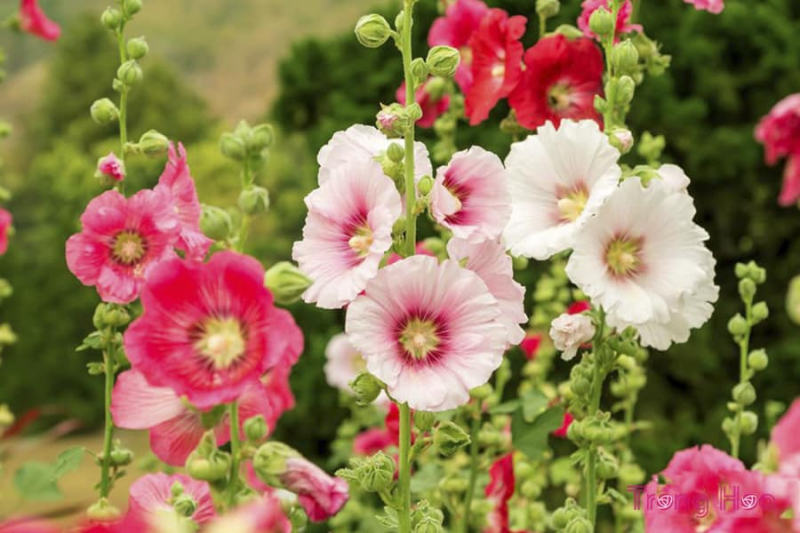
Hollyhock 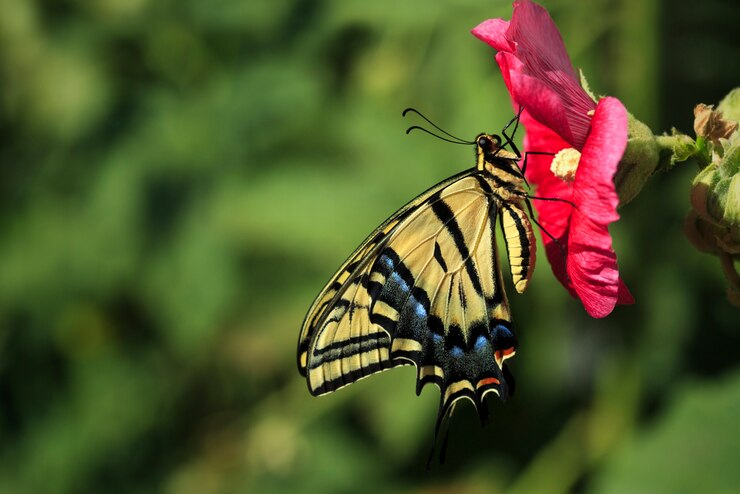
Hollyhock -
Eastern and central North America are home to the late-blooming wildflower known as Joe Pye weed (Eutrochium purpureum). Typically, it forms erect clusters that can reach heights of several feet. It has lance-shaped, robust stems with up to a foot-long, serrated, dark green leaves. And the small flowers begin to blossom in big bunches atop the stems around midsummer. Because of their sweet vanilla aroma, these blossoms are particularly appealing to butterflies and other pollinators. The optimum time to plant Joe Pye weeds is in the spring after the risk of frost has passed. The plant is growing quickly.
It is a low-maintenance plant that, because of its amazing size and fragrant blossoms, is well worth growing. To accommodate its height and canopy, it needs space when you first plant it. However, it can look fantastic when placed behind groups of plants to provide height, along borders, and in wildflower gardens. In addition to being very easy to reproduce, adult Joe Pye weed can be multiplied most easily by splitting. To divide plants, cut directly into the ground between the stems with a sharp shovel. Anywhere you want, replant seeds at the same depth in well-watered soil.
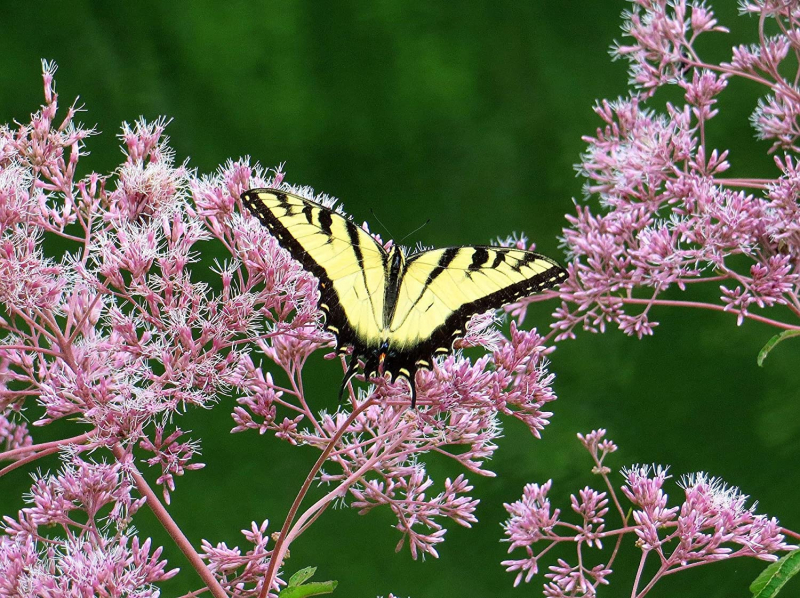
Joe-Pye Weed 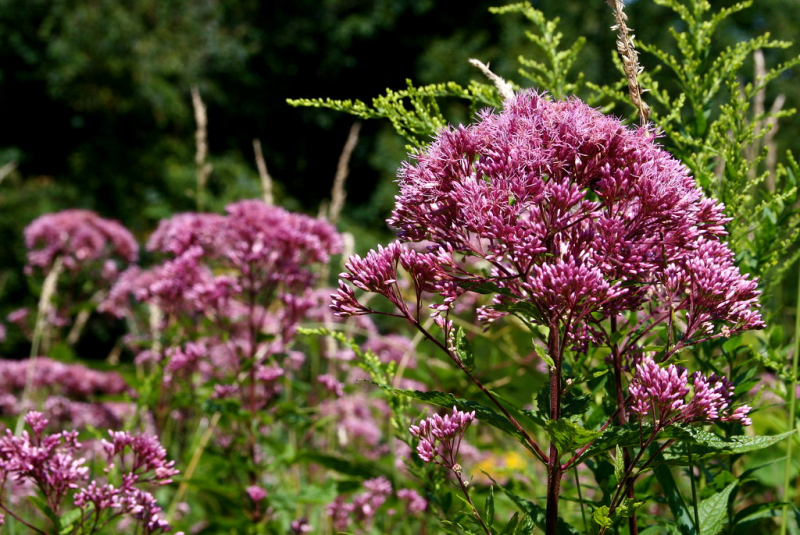
Joe-Pye Weed -
A fantastic option if you want to fill beds or line borders with a low-maintenance, drought-tolerant, and long-blooming flower that also attracts butterflies so wonderful yellow flowers are produced by the coreopsis plant in the spring and early summer. It produces stems that grow to a height of 50 cm, making it a perfect choice for borders. During the warmer months, it should be put in full sun, watered about three times each week, and given somewhat less water during the off-season.
When cultivated in their ideal environment, these plants generally require little care. One of the easiest perennials to plant, coreopsis can provide you with a dependable summer display of blooms and butterflies with little work. The variety shown here is fibrous coreopsis, but so is any coreopsis. Their yellow flowers attract smaller butterflies such as whiteflies and whiteflies.
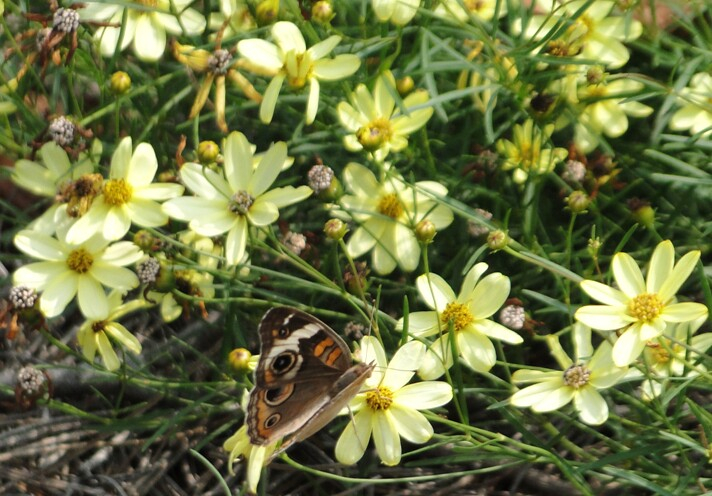
Coreopsis verticillata 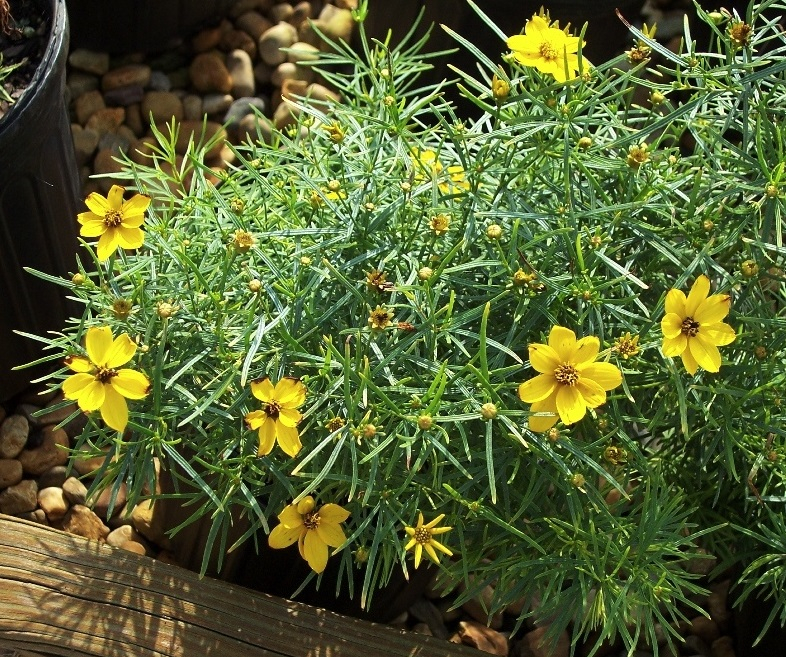
Coreopsis verticillata -
The homeland of New England or New Belgium aster is considered the eastern region of North America. It grows in dust, inverted pyramidal shape. Among the many varieties, the shrub is mainly medium, tall, and giant - 0.5-2 meters. By circumference, the dust spreads up to 80 cm. Aster New England looks great with small trees. Its flowers are 2-4 cm in diameter. The reed petals, sometimes in rows, are arranged in a ring above the tubular petals. A tight fit gives the impression of fullness. Stems are shiny or mottled, branching at the apex. Leaves are lanceolate, sessile, and green.
Depending on the variety, you can see the rainbow colors of huge bushes. Each plant has many bright inflorescences that can not fail to please the eye and cheer up. When it comes to attracting butterflies, any type of aster will do. New England chrysanthemums are prized for their full bloom late in the year, which wonderfully coincides with the monarch butterfly migration. In addition to monarch butterflies, this plant also attracts buckeyes, sledding birds, mountain maidens, pearl-crested birds, and spring nightingales.
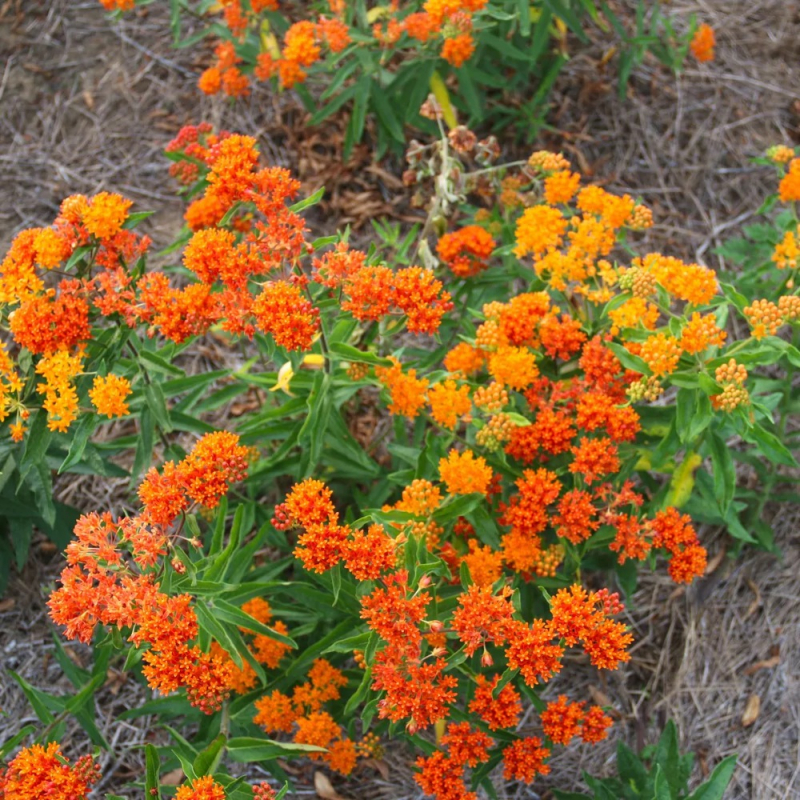
Asclepias tuberosa 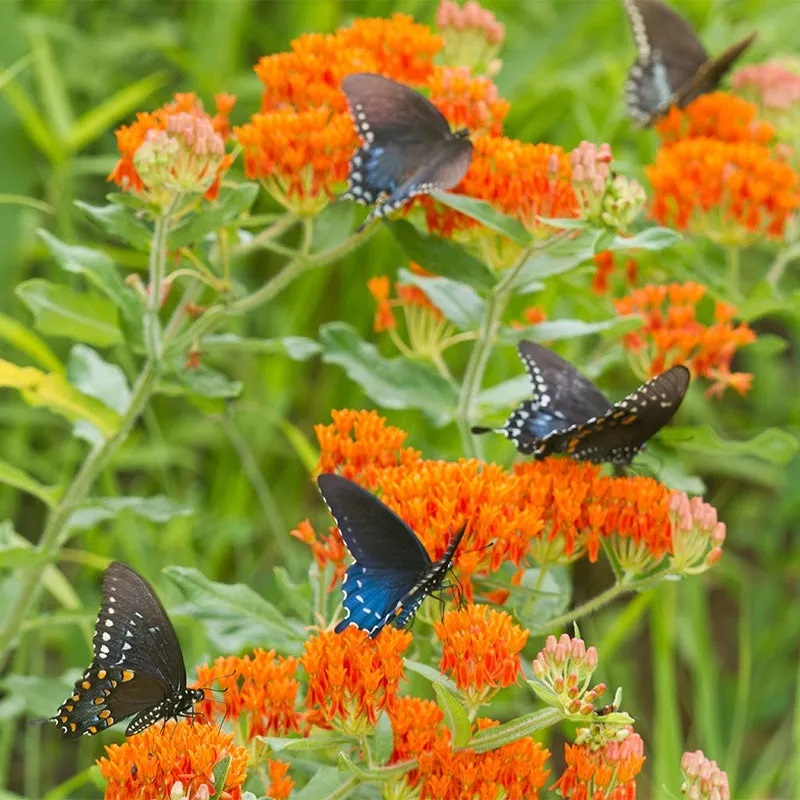
Asclepias tuberosa -
Asclepias tuberosa species are important sources of nectar for bees and other nectarines as well as a food source for larvae for butterflies with the scientific name Danaus plexippus. Their resin is milky in color and contains alkaloids, gum, and several other complex compounds, including cardenolides (cardiovascular glycosides). Some species are potentially toxic. Asclepias tuberosa is a benefit to plant for other plants growing nearby, as they repel certain pests, especially wood-burning beetles (family Elateridae).
It is herbaceous, perennial, 60-150cm tall, sparsely branched, with white latex. Leaves are opposite, with short stalks, narrow spear-shaped. Clusters of earrings are crown-shaped at the top of the stem, including 6-12 yellow flowers in the middle. Butterflies will be doubly delighted when you plant this vibrant orange flower. Asclepias tuberosa starts to bloom slowly but it is flowers worth the wait. Anything like swallows, springs, and of course, monarch butterflies are likely to appear if you grow this plant.

Asclepias tuberosa 
Asclepias tuberosa -
Phlox is a genus of about 65-70 species of annual or perennial flowering plants that flower in early spring. Only a few species can be found in eastern Asia, and they are native primarily to temperate parts of North America. Phlox drumondii Hook is the formal name. The five petals on phlox blooms are arranged in clusters. With purple, red, pink, white, and a hint of fragrance at the branch tips. The phlox garden offers nectar in the summer and fall due to its fragrant flower clusters on tall branches. Expect visits from cloud wasps, European cabbage butterflies, and many swallow species if you plant a phlox.
The phlox plant grows best on soils with a good balance of light and moisture. It consistently and vividly blooms in the middle of the year, giving out a distinct summer scent. Many more species of phlox from large families can be found in most gardens. So from spring until the first frost, you can utilize phlox to create a magnificent blooming landscape. The majority of the species have symmetrical inflorescences and aromatic flowers. There are over 60 different kinds of phlox in addition to the well-known tall shrub phlox (Phlox paniculata), many of which are perfect for your garden to attract butterfly "fairies".
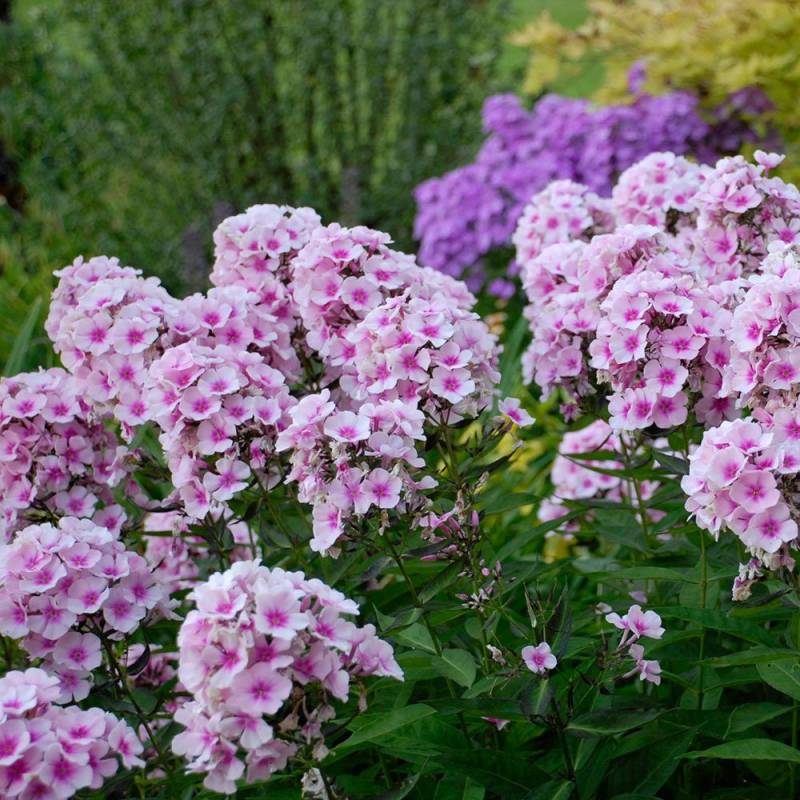
Phlox 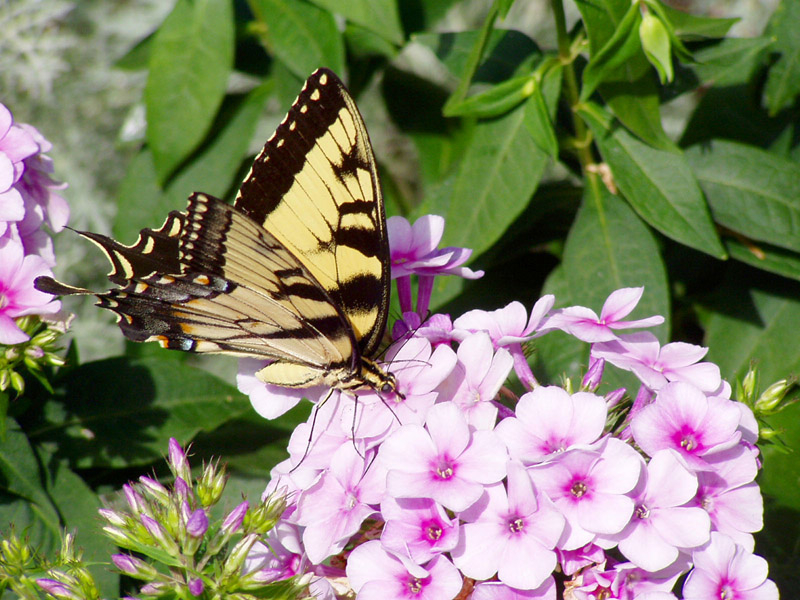
Phlox












